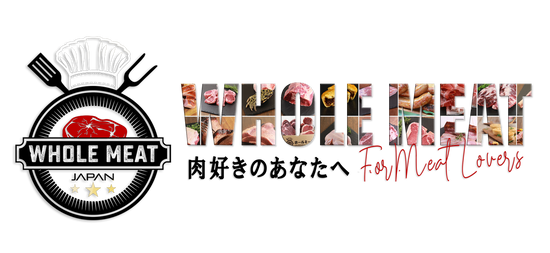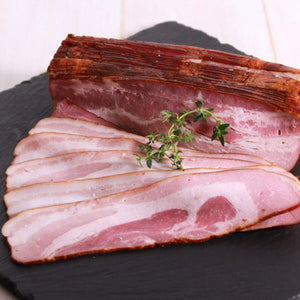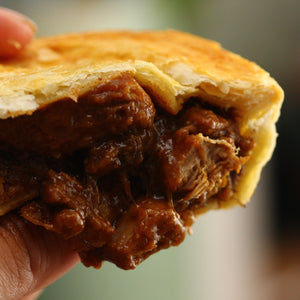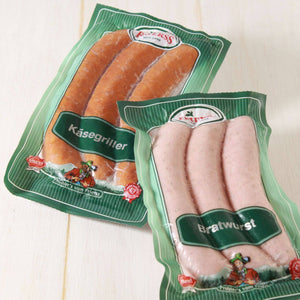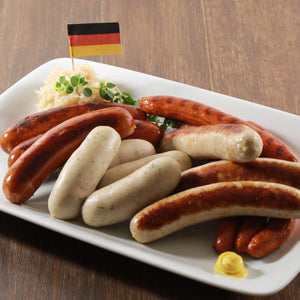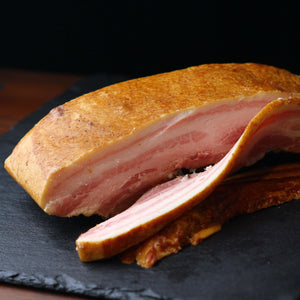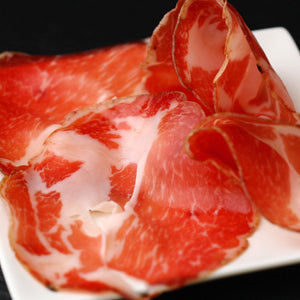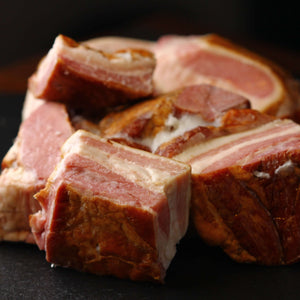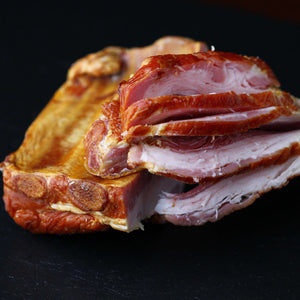- Home
- Processed Meat
- Salami Milano Sliced 80g
Salami Milano Sliced 80g
Shipping
Question: How much shipping fee do you charge?
Answer: Shipping fees are 880 Yen, except for Okinawa, Kyushu, and Hokkaido (1200 Yen). If your order exceeds 10,000 Yen, shipping will be free.
Question: Can I request a specific date for my delivery?
Answer: Yes, it is possible. You can enter your desired delivery date and time in the field ORDER NOTES in your cart before placing your order. The following time slots are available:
- Before Noon
- 2pm - 4pm
- 4pm - 6pm
- 6pm - 8pm
- 7pm - 9pm
Please do not schedule your order for more than 30 days in the future.
Answer: If we receive your order until 1 pm, it will normally be shipped the same day. Orders placed after 1 pm will be shipped the next business day. If we receive your order on Friday evening, we will ship the next Monday if there is no public holiday. Shipping usually takes 1 to 3 business days, but this also depends on the conditions of the shipping company (there might be delays especially around New Year and Obon) and where in Japan you are located.
Question: How do you ship my order?
Answer: All orders are shipped with Yamato/Kuroneko Cool Ta-Q-Bin to guarantee a continuous cooling chain. So your products will arrive at the same temperature as we send it out!
Payment
Question: Which payment methods are available?
Answer: You can pay by credit card, Amazon Pay, convenience store payment (extra fees will occur), cash on delivery (via Yamato) and NP Later Pay. If you choose cash on delivery, an additional fee has to be paid.
The following credit cards can be used:
MASTERCARD - VISA - AMERICAN EXPRESS

Wholesale Customers
If you own a restaurant or hotel in Japan and you are interested in buying our products, feel free to contact us. Please provide the following information:
- Your name
- Your company's name
- Email address or telephone number
- Desired products and quantity
Thawing
Thawing takes some time, so plan ahead. There are two main methods: thawing in the refrigerator or thawing in ice water.
In the refrigerator: This method is convenient and safe but takes some time. The golden rule is 24 hours for 5 pounds of meat, but this also depends on the temperature of your fridge. Just place your meat into your refrigerator and wait until it is thawed.
In ice water: This method is faster, but also more work. Take an adequately big container (bowl, small bucket) and fill it with water, then add ice cubes. The meat has to be placed in a waterproof bag to avoid contamination, before submerging it into the ice water. Thawing takes approximately 3 hours for 1 kg of meat when using this method.
Refreezing
Refreezing already thawed meat should be avoided, if possible. If you need to refreeze your meat, we recommend to cook it beforehand.
Related Products
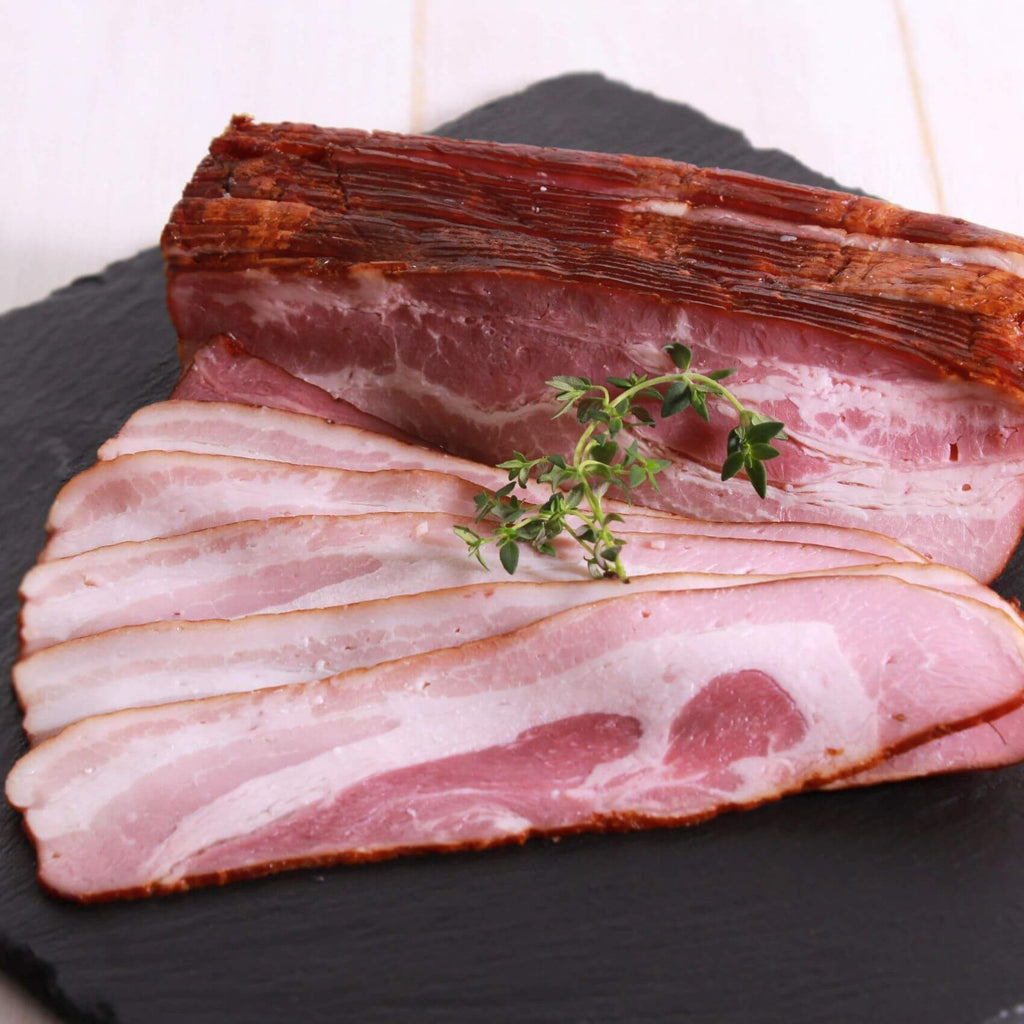
Austrian Smoked Bacon Slices (500g)
¥2,550
Delicious, smoked bacon slices from Austria. Totally different from every normal bacon you can possibly get in Japan - this is the real deal. Eat it for breakfast, for lunch, dinner or just in between. With 120 years of tradition, Frierss guarantees the best quality, safety and of course best taste.No wonder they are awarded the "Prize for Long...

Party Meat Pie "Four'n Twenty" from Australia (12 per pack)
¥1,740
*Product expires n Oct.28th Sorry for having kept you waiting so long - we now proudly present the original Party Meat Pies from Australia! We've tried many meat pies, and finally decided to offer the original "Four'n Twenty" Party Meat Pies that taste just like the meat pies from home. These little party pies (12 per pack) can easily be prepar...
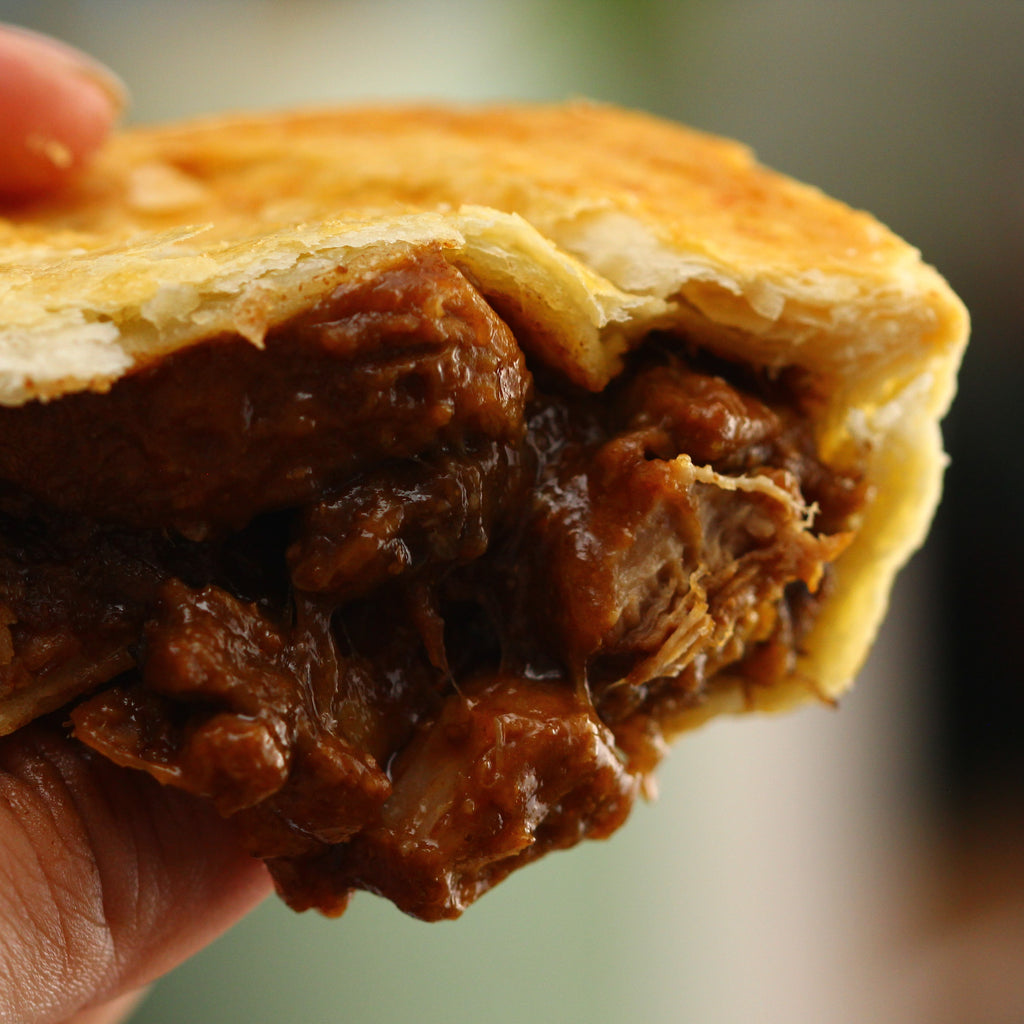
Big Meat Pie "Four'n Twenty" from Australia (150g)
¥2,900
Sorry for having kept you waiting so long - we now proudly present the original Party Meat Pies from Australia! This is the bigger version of the party meat pies. BUY 5 GET 1 (ONE) More for FREE!!!We've tried many meat pies, and finally decided to offer the original "Four'n Twenty" Meat Pies that taste just like the meat pies from home. These...
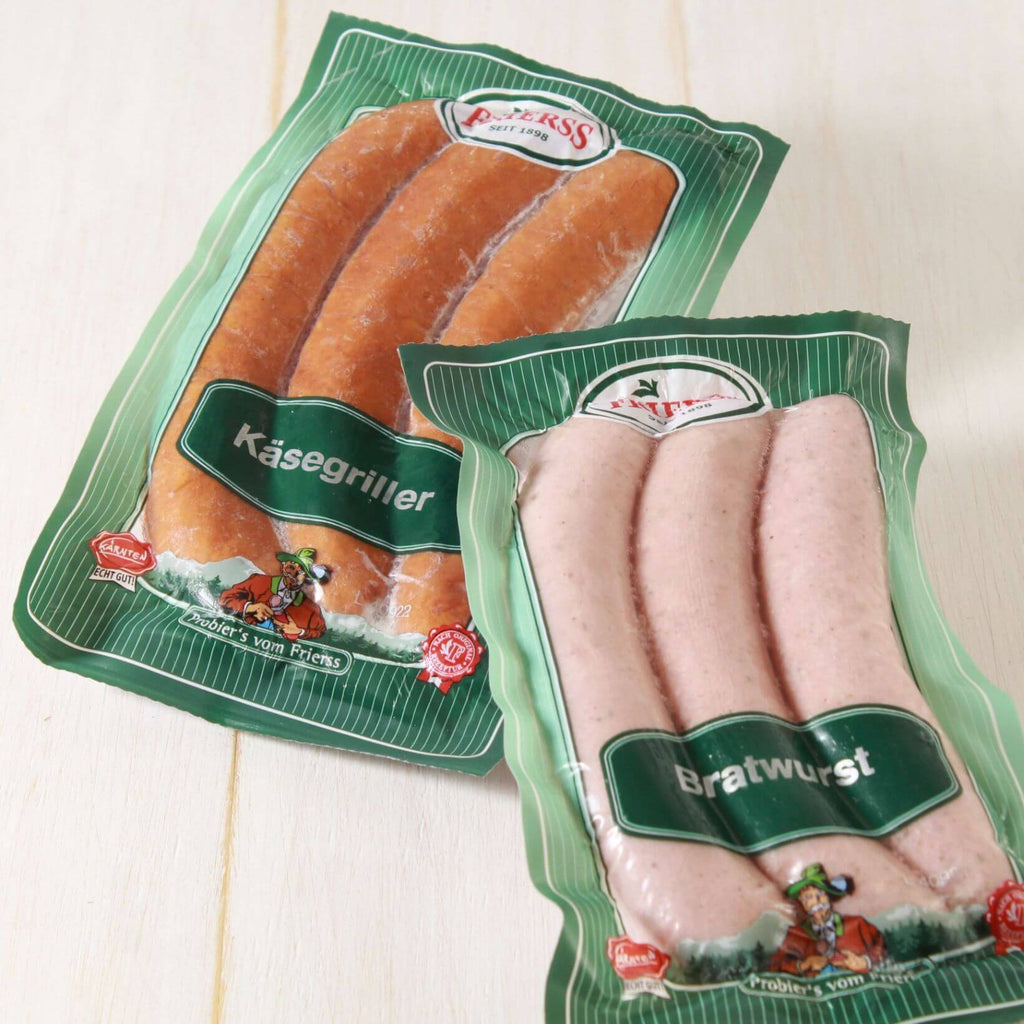
Big-sized Bratwurst and Cheese-in Sausage Trial Set (2x3pcs)
¥2,550
Our fine Austrian sausages as a reasonable set. You get 6 sausages with a total of 720g.The set contains: 1x Big-sized cheese-in sausages (3pcs) 1x Big-sized Farmer Pork sausage (3pcs) If your desired amount is not available or if you wish to order this product in larger quantities, please contact us here.

Big-sized Cheese-in Pork Sausages (3 pcs)
¥1,350
Our original cheese-in sausages from Austria (Kaesegriller). Free from gluten, flavor enhancers, coloring agents, and additives. You can grill them, boil them or even heat them in your microwave if you are in a hurry. The sausages are 100% pork meat, filled with tasty Austrian Edamer cheese. And when we say cheese, we mean a LOT of it! They are ...

Bratwurst Big-sized Farmer Pork Sausages (3 pcs)
¥1,350
Bratwurst – A traditional German sausage. Natural casing for the great snap with a lovely pork filling. Perfect on a BBQ! Our original coarse farmer sausages - If you like sausages, you will love those! Free from gluten, flavor enhancers, coloring agents, and additives. These are authentic sausages made of 100% pork that everyone in Germany, Au...

German Bratwurst Sausage Set "Hareico"
¥5,200
This offer includes shipping fees! Do you miss a good German Bratwurst as we do?If the answer is "yes", we recommend to check out our new original set in cooperation with German sausage maker "Dölling hareico", whose sausages are made in and imported directly from Germany! Those are absolutely hundred percent authentic German sausages - our Ger...
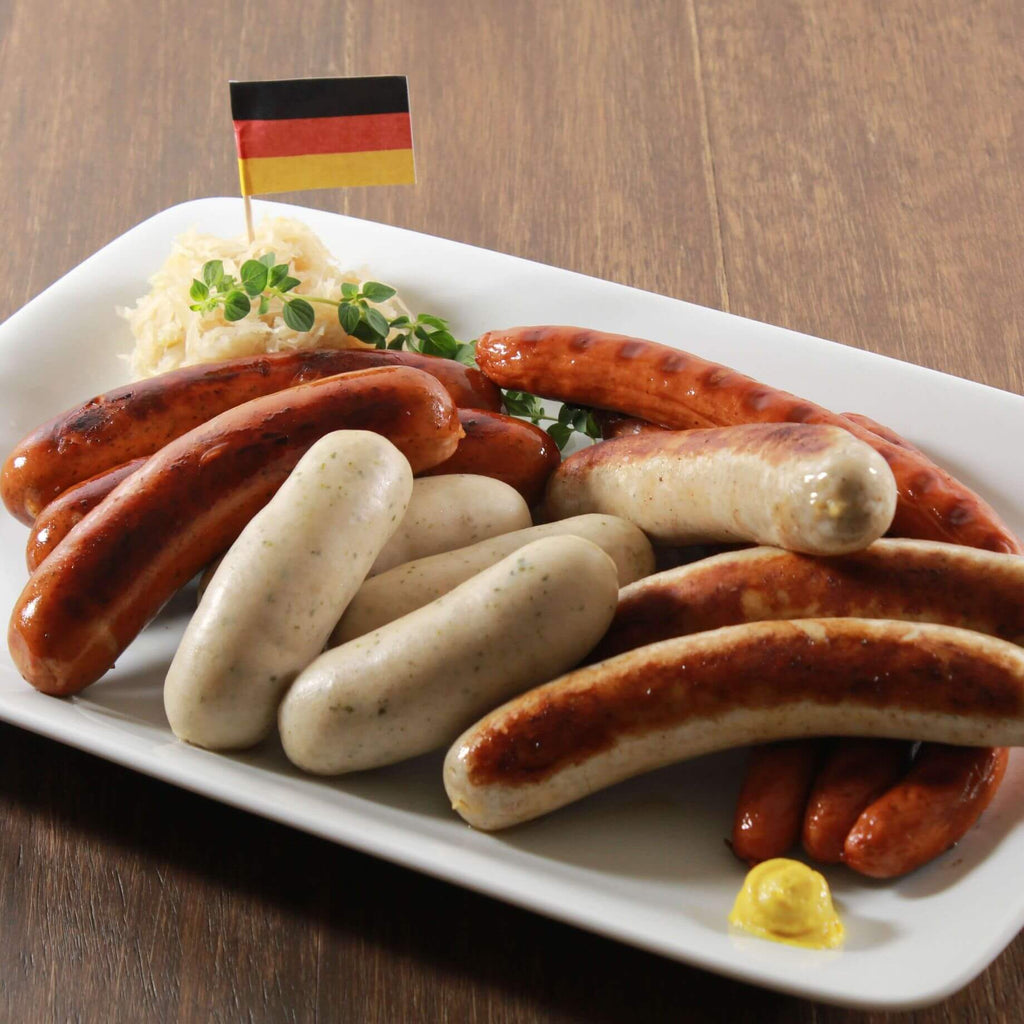
German Sausage Set "Hareico" B | 4 type | Party set
¥4,800
Check out our new sausage set from German manufacturer Hareico! Four different types of high-quality authentic sausages, made in Germany - incl. free shipping! The set includes:- Grobe Bratwurst (3pcs) - Pizza-Bockwurst (3pcs)- Munchner Weisswurst (4pcs)- Schinken Krakauer (4pcs)= 1.1kg sausages! This set is exclusively available at Whole Meat! ...
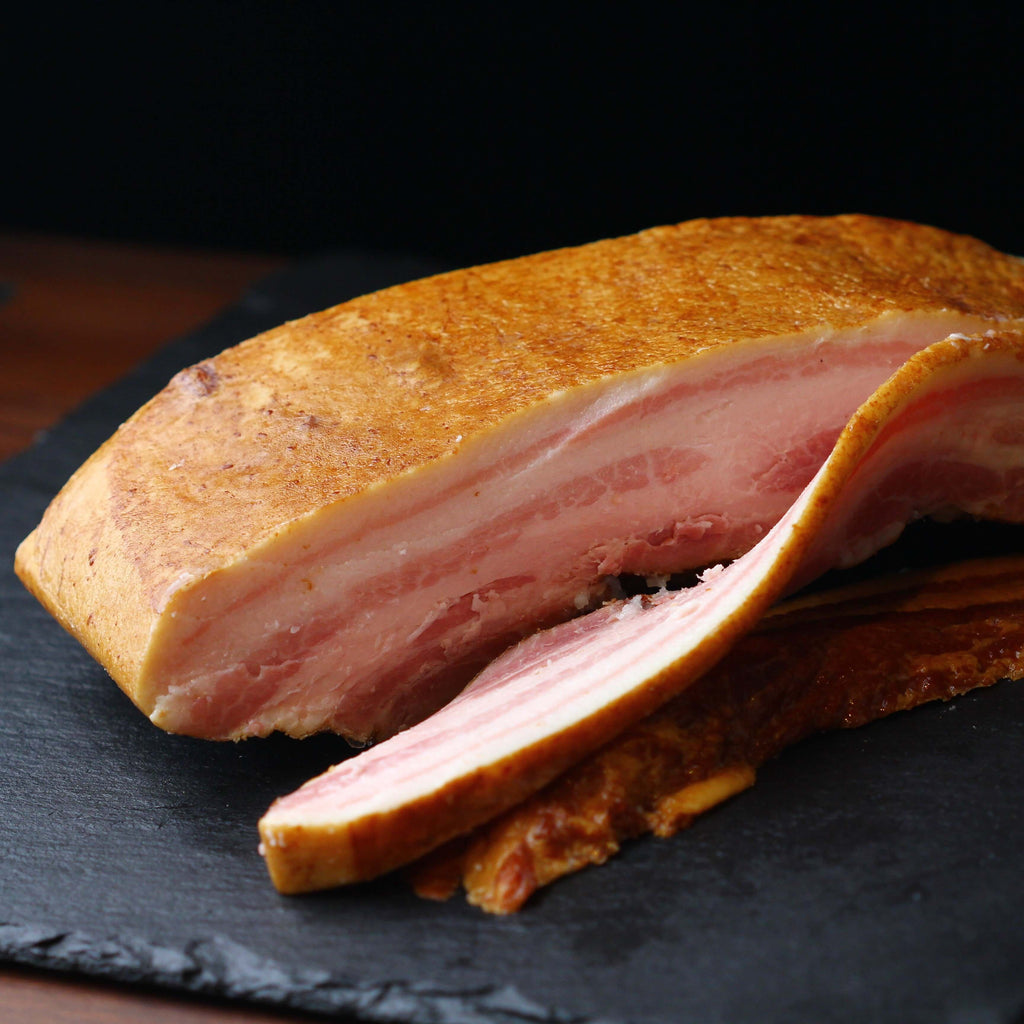
Dry Cured Smoked Bacon Block (Sakura Chip smoked)
¥2,690
This is a piece of bacon prepared "the old fashioned way" or dry-cured. Dry curing guarantees depth of flavors and texture. Unlike the wet-cured counterpart which as the name implies involved the used of a liquid to prepare the bacon resulting with a product with less flavor and will release a lot of moisture during the cooking process. How It...
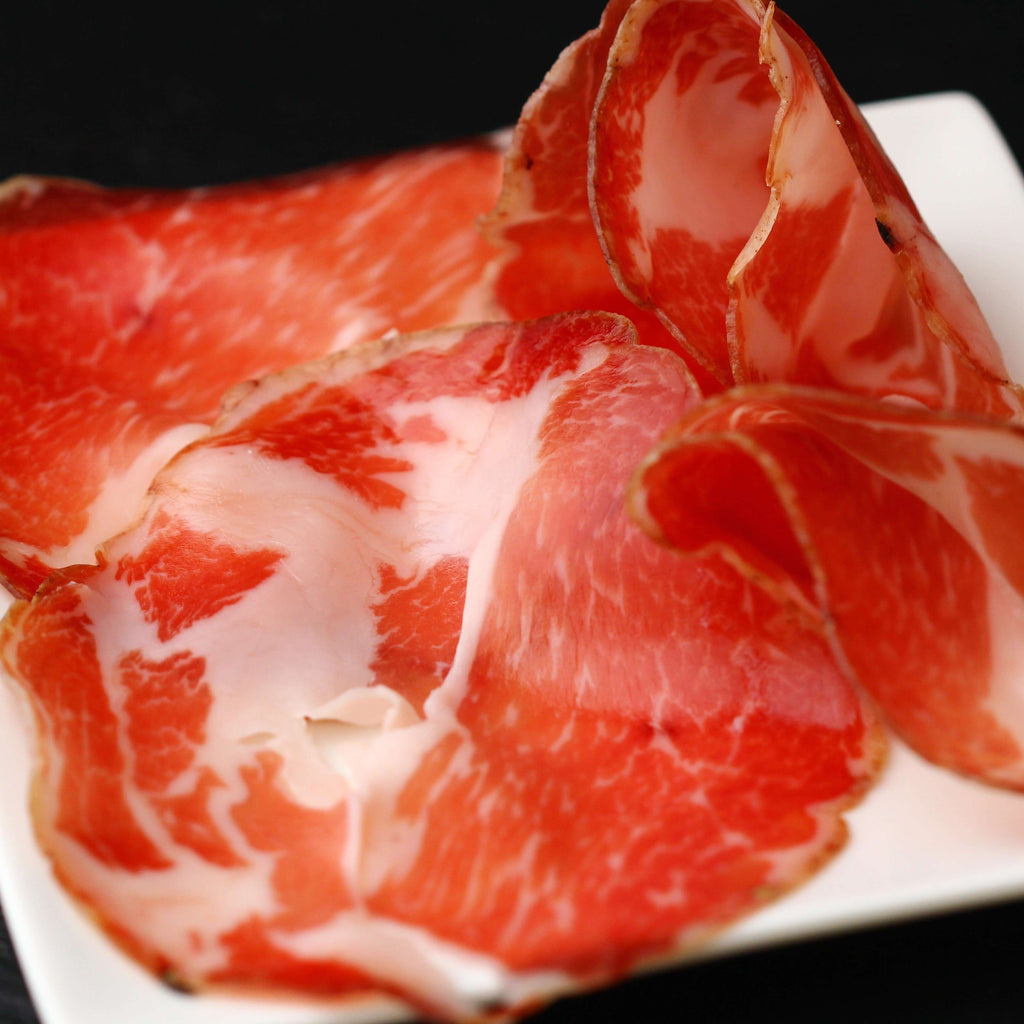
Italian Coppa Slices 150g
¥1,250
What is Coppa? Also known as capicola, this traditional salumi is produced in many different regions in Italy. Originating from Campania in the southern region. This famous Italian cut of ham is a salted, seasoned and dry-cured thinly cut pork shoulder or neck. Coppa is a typical addition to an antipasto plate, served alongside other cured Ital...
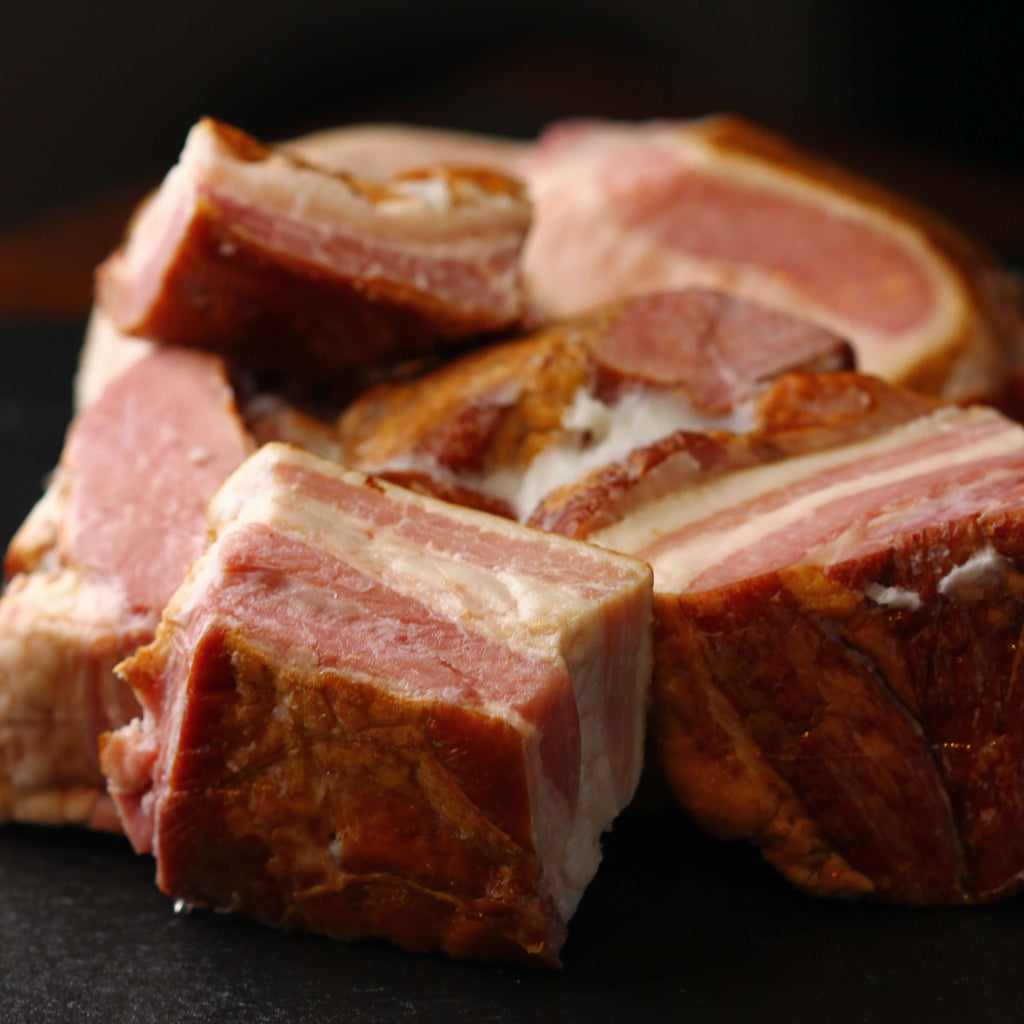
1kg cut off Dry Cured Smoked Bacon Block (Sakura Chip smoked)
¥2,980
This set is made 1Kg of the cut-offs of the block bacon, as every piece of bacon is different cutting them in blocks of 650-700g will produce some cuts that won't fit that standard. Rest assured that the shape of the cuts will not change the quality of the products. This is a piece of bacon prepared "the old fashioned way" or dry-cured. Dry cu...
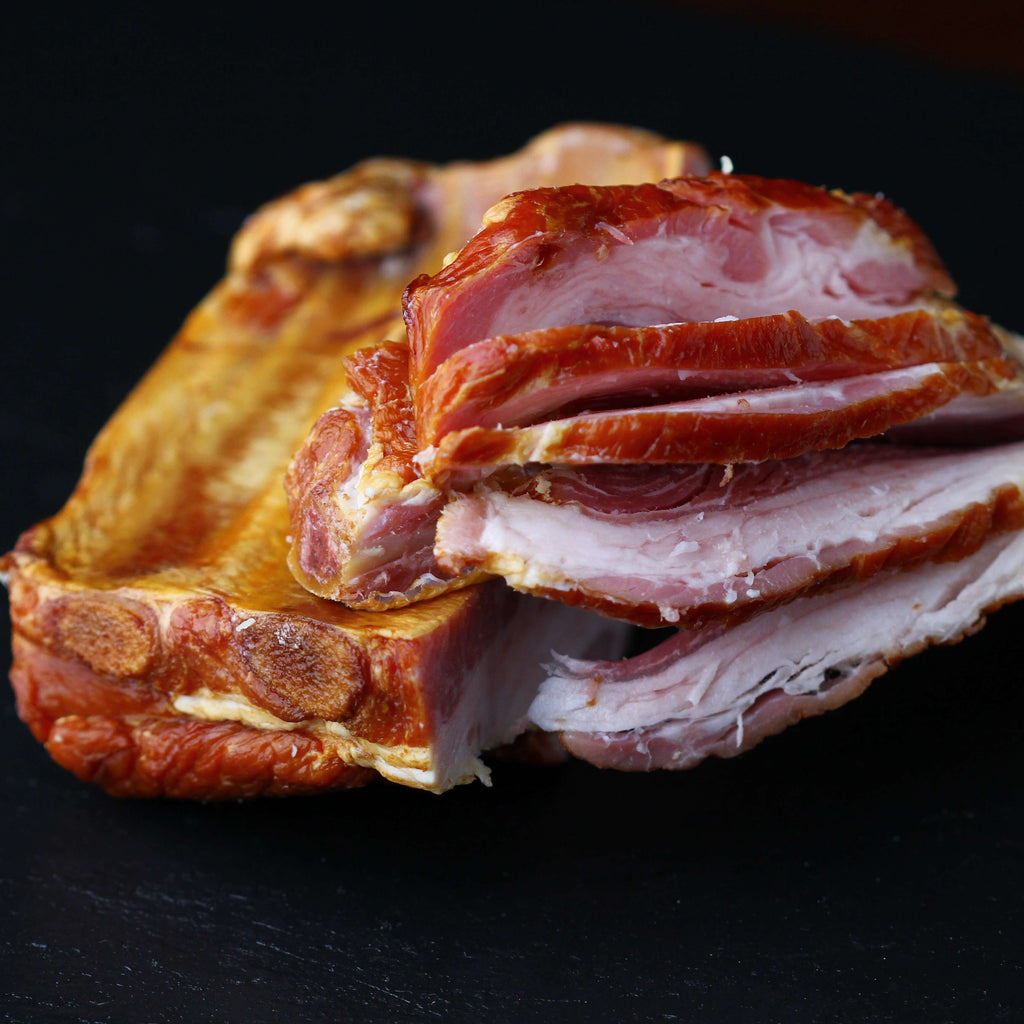
Smoked pork ribs 400g | SKU831x2
¥1,960
This is pure meat awesomeness packed full of flavors! What you get is the texture and meatiness of the ribs with the flavors associated with the taste that comes with the method of making bacon. The fact that the bones were kept in just result in a more intense flavor. Below is just our usual warning ⚠You could become addicted to it so try at...
